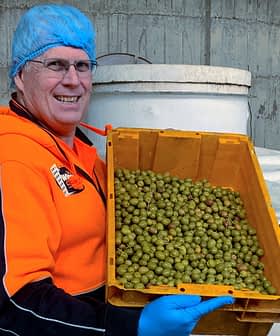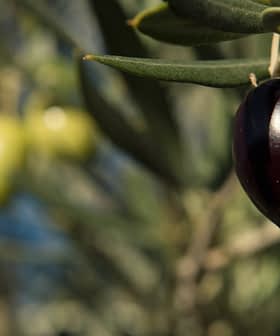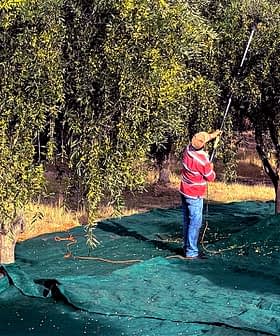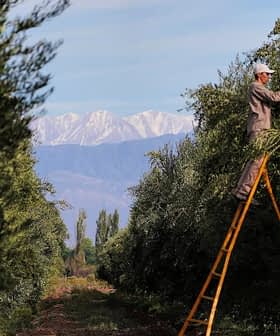Australian Producers Face Mixed Fortunes
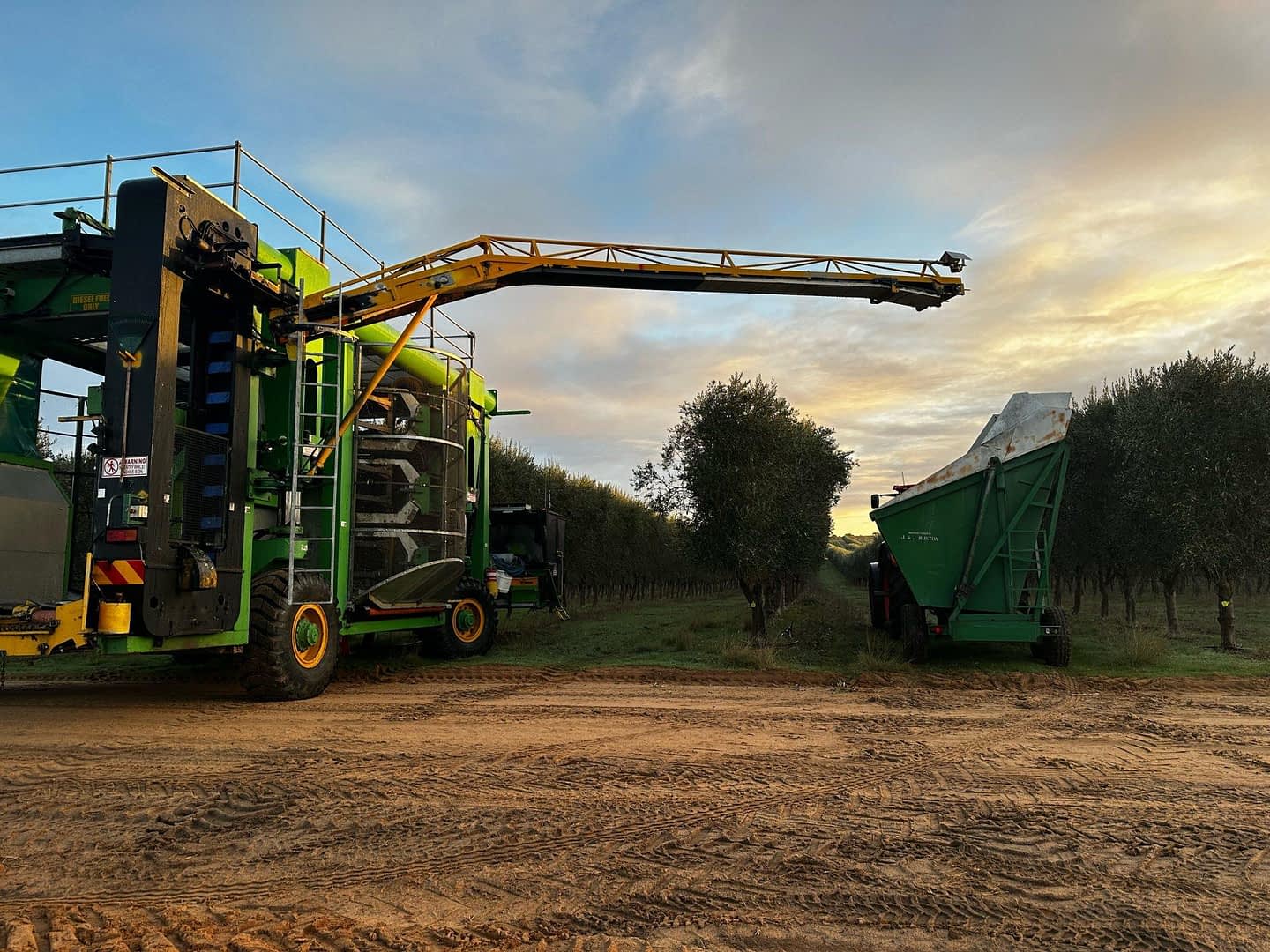
The 2023 olive harvest in Australia had mixed results, with some growers experiencing lower yields due to cool weather and labor shortages, while others reported positive outcomes in both quality and quantity. Despite challenges, some producers, such as Cobram Estate, reported increased oil production compared to the previous year, with a focus on sustainability practices during the harvest.
Producers across Australia report mixed results from the 2023 harvest, with some growers enjoying an abundant harvest while others did not harvest at all.
Ahead of the harvest, some producers and officials were hopeful that Australia would enjoy a bumper harvest. However, cool weather and labor issues resulted in a lower yield than expected for some.
Quality was excellent this year, helped by large crops and slow ripening. Ripening was slow this year; in line with this, the harvest was later than usual. This made it easier to keep ahead of any fungal issues.
“The oil yield is definitely lower than average because of the cooler growing conditions, but the quality of oil remains high because the fruit ripened slowly,” said David Valmorbida, president of the Australian Olive Oil Association (AOOA).
While the Australian olive harvest is not officially tracked, the AOOA estimates a yield of 18 to 19 million liters of oil extracted from between 10,000 and 20,000 tons of fruit.
See Also:2023 Harvest UpdatesThis is up from last year’s estimated yield of between 14 and 15 million liters but nowhere near 2021’s bumper crop of 20 to 22 million liters.
Along with cool weather, Australia’s ongoing agricultural labor shortage also created problems for some small-scale growers.
“There was a major problem in some areas where contract harvesters and contract processors were just not available or not offering their services,” Michael Southan, the chief executive of the Australian Olive Association, told Olive Oil Times.
“This created problems for many small growers, some of whom did not harvest as a result,” he added.
However, Southan described the overall olive harvest as good. “The fruit yield was good this year, but the oil yield was lower than average from the cool weather we had during fruit development in the eastern states,” he said.
Meanwhile, John Symington, the owner of Victoria-based Oasis Olives, reported positive harvest results in both the quality and quantity of his olives but a drop in oil yield.
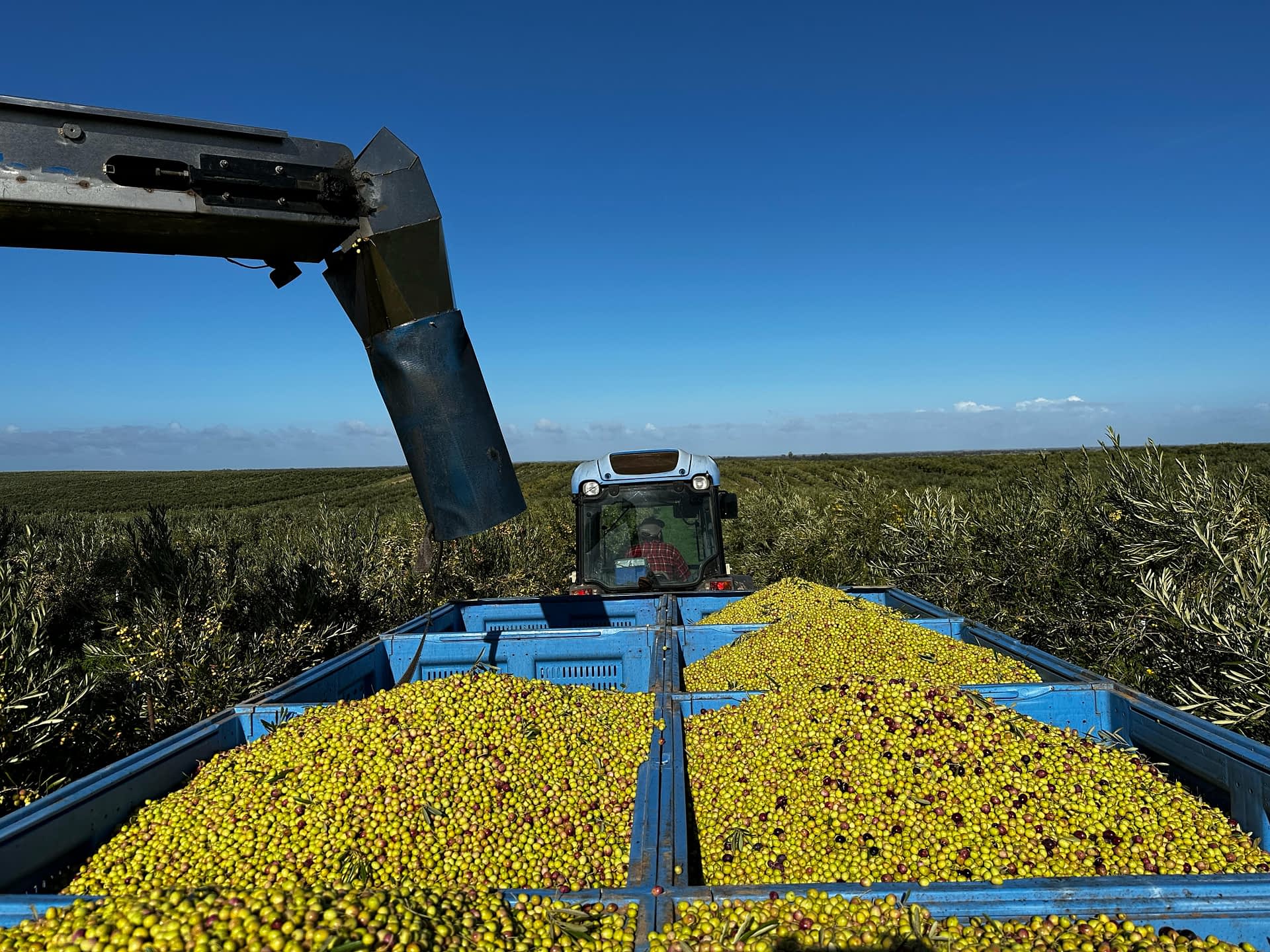
The Victoria-based producer said quality was excellent, but the oil yield dropped. (Photo: Oasis Olives)
“Quality was excellent this year, helped by large crops and slow ripening,” he said. “Ripening was slow this year; in line with this, the harvest was later than usual. This made it easier to keep ahead of any fungal issues.”
“Our harvest came in on target and was up significantly on last year in good part due to new plantings starting to contribute,” Symington added. “Prices have not risen as much in Australia as in Europe, but we expect them to keep moving up.”
Leading up to the harvest earlier this year, Symington said he was concerned about fungal issues, but Oasis Olives worked around the potential problem.
“We tackled the possible fungus issues by harvesting the susceptible varieties early, and this worked for us as we were able to get the fruit off and processed before the oil quality was significantly degraded,” he said.
“However, as a result of the change in the harvesting program, our oil yields were lower than they would otherwise have been, particularly in Picual,” Symington added.
“Most of our processing customers made the same comments about the lateness of the harvest,” he continued. “Another issue was the heavy rain in June. By the end of the month, many groves, including ours, were finding it hard to get harvesters around the grove without getting bogged.”
Another producer, Stephen Tham, the co-owner of Cape Schanck Olive Estate on the country’s Mornington Peninsula, said they started harvesting two weeks later than usual because of the cold, cloudy days leading to the harvest.
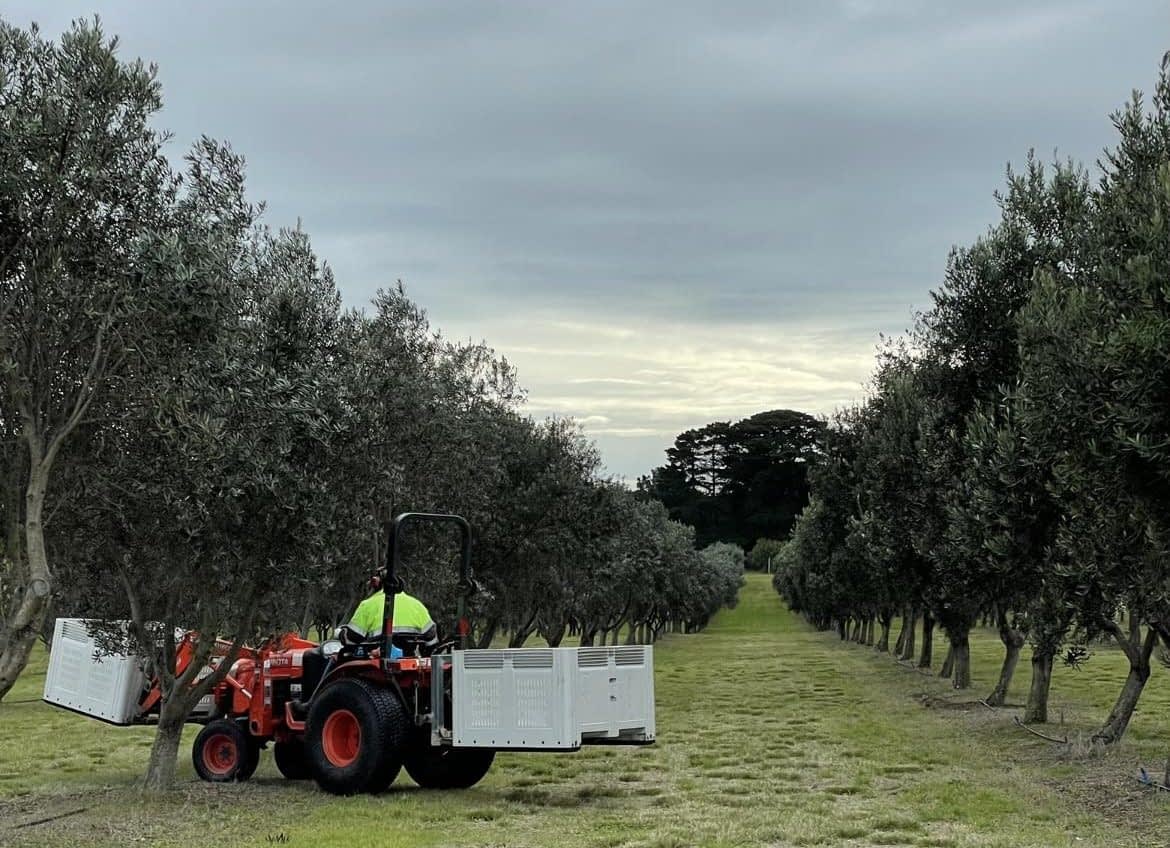
Harvesting olives on the unique Mornignton Peninsula in southern Australia (Photo: Steohen Tham)
He said the predicted threat of a dry and warmer El Niño winter did not transpire. “Hot drinks and hearty meat pies kept us going,” Tham quipped.
“There was no autumn weather transition,” he told Olive Oil Times. “Summer temperatures disappeared and went straight to winter, with record temperature lows and rainfall in May and June. Harvest time was wet with brief bursts of sunshine.”
Tham said Cape Schank’s total harvest tonnage was three times last year’s. “Of our five varieties, Leccino recorded the lowest tonnage and Picholine the highest,” he said. “The fruit quality was pleasantly excellent all around.”
“The oils were less robust than last year’s and probably reflected the high rainfall,” Tham added. “Fortunately, the oils remained balanced and should please most palates.”
Also from Victoria, Cobram Estate, Australia’s largest olive oil producer formerly known as Boundary Bend, reported “a very good harvest, despite the usual challenges,” according to the company’s co-chief executive and chief oil maker, Leandro Ravetti.
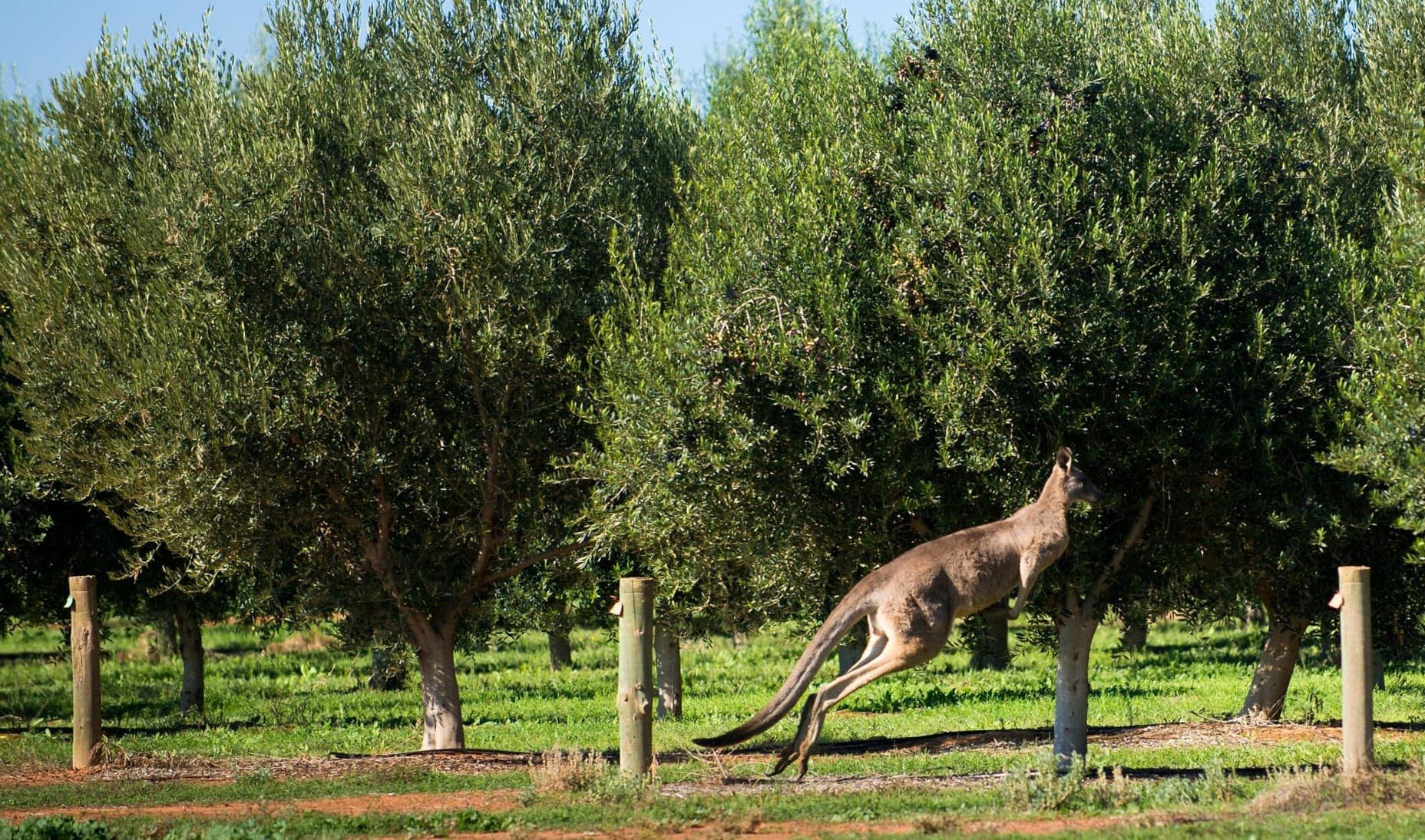
Biodiversity in the olive groves of Cobram Estate (Photo: Cobram Estate)
“Olive oil quality was excellent, with a historically high percentage of the oil produced being classified as premium or ultra-premium extra virgin olive oil,” he said.
“We produced 32 percent more oil than last year despite the unusually cold and shorter growing season, delivering lower-than-average oil content in the fruit combined with smaller-than-normal fruit size,” Ravetti added.
“Fortunately, weather conditions during harvest were much friendlier than last year, without significant amounts of rain in the first six weeks,” he continued. “This drier period combined with good harvesters’ reliability and staff performance allowed us to wrap up procedures well within the expected timeframe.”
Ravetti explained that the operational success of their harvest was due to a thorough preparation and staff selection process and the construction of their new mill at Boort, Victoria.
Cobram was recently included in the Australian Financial Review’s sustainability leaders list for the second year running.
Ravetti explained that Cobram embraced sustainability during their latest harvest, with less than 0.5 percent of their waste ending up in landfill and removing approximately four kilograms of carbon dioxide per liter of olive oil they produced.


